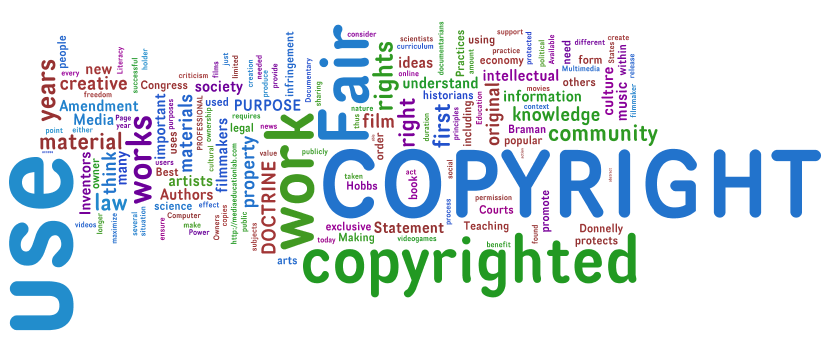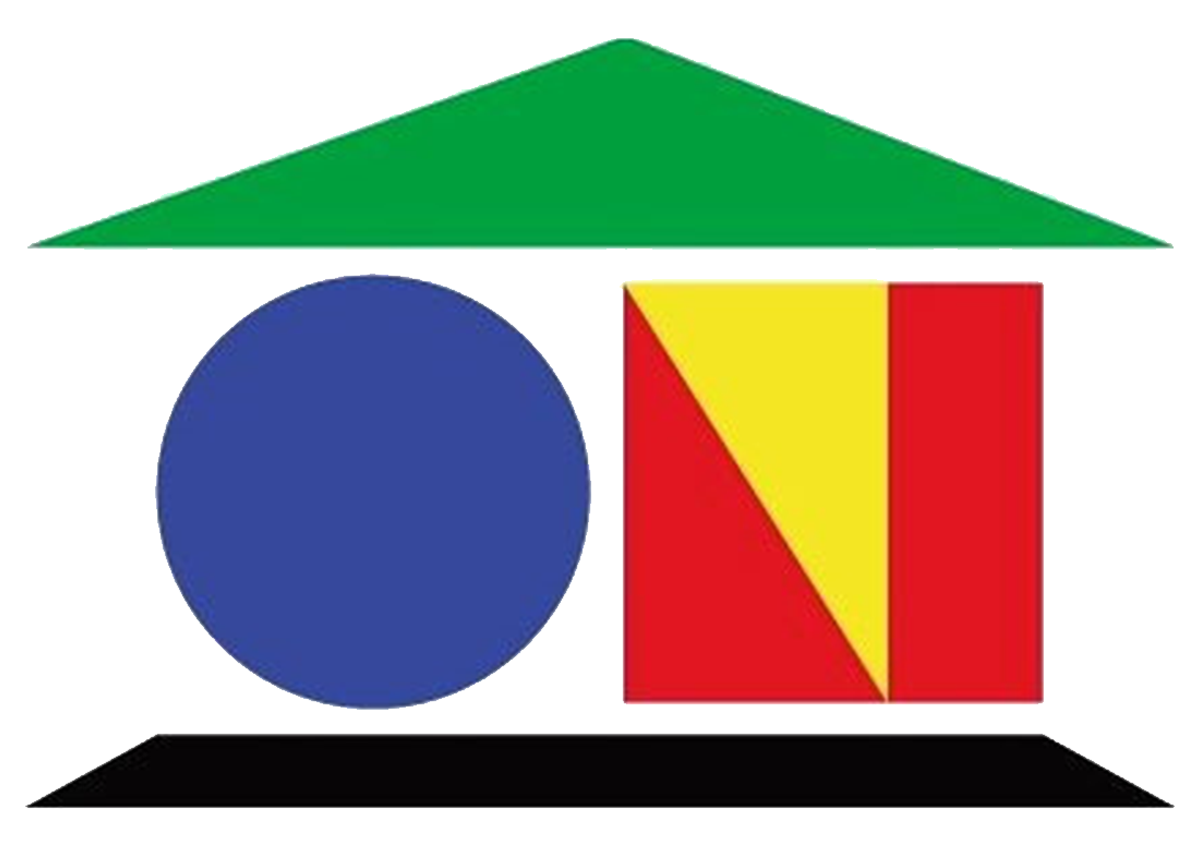Copyright Information

Fair Use of Copyrighted Works by Teachers and Students
Since the mid-1880s, teachers and researchers have relied on an exception to copyright protection called fair use. This important part of copyright law supersedes the author's exclusive right to duplicate and distribute his works for public policy reasons, recognizing the tension between an author's ownership rights and society's desire to use his works. Although legal scholars continue to debate whether fair use is a right or a privilege, the distinction is irrelevant to teachers and students. They simply want to use material, especially from the Internet, without needing the author's permission or paying licensing fees and royalties. Section 107 of the Copyright Act of 1976 specifically provides for “fair use” of copyrighted materials for teaching, scholarship, or research, as well as for literary criticism, commentary, news reporting, and parody. Teachers may even make multiple copies for classroom use.
The legal standard for deciding what constitutes fair use of a copyrighted work involves examining and balancing the effects of four different relevant factors:
Whether the purpose and character of the use are of a commercial nature or are for nonprofit educational purposes.
Whether the nature of the copyrighted work itself is primarily factual or creative.
How much of the work is used, or how substantial is the part used, in relation to the copyrighted work as a whole.
How the use affects the author's ability to market and realize a profit from the work.
The most important factor in a given case depends on the totality of the circumstances, which presents a difficult analysis in most cases. What is perfectly clear, however, is that the doctrine of fair use is not a blanket permission to use an author's work without permission, even for teachers.
Retrieved and used with permission from ASCD http://www.ascd.org/publications/books/102119/chapters/Copyright-and-the-Internet-in-Schools.aspx
